|
This summer, every weekend, every Saturday and Sunday, each afternoon, come enjoy the nature of the Colorado Lagoon. From 1-5pm, Tidal Influence staff are at the Lagoon helping excited beach-goers understand that they are swimming in one of the most paid-attentioned-to wetlands in Southern California. This Lagoon is undergoing one of the most unprecedented restorations and the animals are responding to this activity. Tidal Influence is trying to share this with the thousands who enjoy it as a beach and a much-needed place to cool off during the hot summer days. Visit Alene, Matt, James and Cristina as they teach the kids about the fish and crabs and the adults about the water quality and biodiversity.
0 Comments
The Los Cerritos Wetlands has had its fair share of volunteers, but on April 26th a new record was set. Old and young, 163 volunteers from the Church of Jesus Christ of Latter-day Saints spent four hours removing debris and brush. This group removed approximately 100 cubic yards of debris and filled up two large dumpster containers! The before and after photos really show the significance of removing that much!
Each volunteer came with smiling faces and an amazing attitude to get some work done! Everyone was very curious to understand the importance of pulling up weeds and removing palm fronds. The truth is that these tasks truly are helping the wetlands, by removing invasive species such as ice plant or mustard, we not only give space for native plant species but give the opportunity for native fauna to arrive as well. This was a very large event to set up for and took a team of awesome individuals to prepare the site. Typical events run from a couple of volunteers to up to 50, and usually get a significant task completed. This event blew typical events out of the water! Having that many individuals out helping made the work easier and they completed SOOO much more! A big thank you goes out to all of the volunteers from the Church of Jesus Christ of Latter-day Saints and the Los Cerritos Wetlands Authority. Please Check out more photos from this event on our flickr site! https://www.flickr.com/photos/tidalinfluence/sets/72157644282147416/ Welcome to our new TI interns! Hoping we can help you with achieving you future career goals! 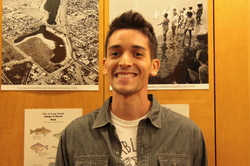 James Reyes Is a Geography major, who would like to explore restoration and human impacts on the natural environment as a future career option. On his free time, James enjoys art, music, reading and learning something new. 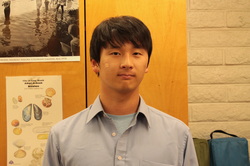 Lanz Kim Is an Environmental Science and Policy major, who would like to work at the Environmental Protection Agency (EPA), become an environmental consultant or a professor as a future career. On his free time, Lanz plays the piano. 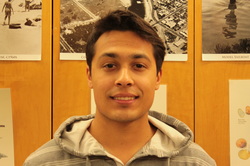 Alec Krueger Is an Environmental Science and Policy major on the BS track. His future goals are to learn about species living in the local wetlands environment and work outside. On his free time, Alec is surfing, hiking or playing PS3. 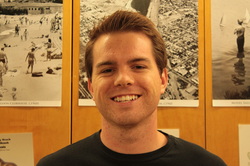 Michael Cutt Is an International Business major, who is very open for future careers! He is not sure what path he wants to take but is enjoying starting to learn about the environment! On his free time, Michael is hiking, snowboarding, water skiing, or playing guitar. 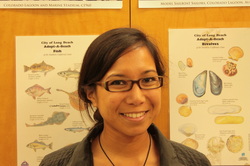 Kristine de Leon Is a Microbiology major, who would like to have a career studying microbial ecology for wetland communities, with an emphasis in doing research. On her free time, Kristine is hiking, cycling, and taking photos, pretty much anything that gets her outside. 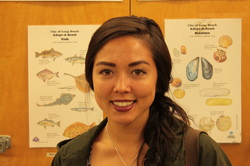 Cristina Robinson Is a Marine Biology major, that would like to study octopi and cuttle fish in our local reefs. She would also love to work with wild dolphins and one day she would like to be an astrobiologist for NASA! On her free time, Cristina is surfing, hiking, sewing, painting, listening to music, playing with animals and eating burritos. 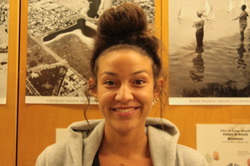 Nina Whitsett Is an Environmental Science and Policy major on the BA track. She would like to in Coastal Management because the coastal zone is her favorite habitat. She would like to see how humans interact and impact (positive or negative) this environment, and what can be done to remediate or restore some of the land. Her research goals are to learn more about research in general and to volunteer with Sea Turtles in Costa Rica. On her free time, Nina is reading, shopping, watching movies, hanging with her friends or cat, or is enjoying some time at the beach. 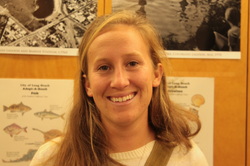 Alene Spindel Is an Environmental Science and Policy major, who hopes to work on the restoration efforts on the California coast. She wants to get a better grasp on plant identification and understanding the interdisciplinary aspects of research projects. On her free time, Alene is surfing, gardening or running. By: Julie McNamara
On Friday October 25, the final quarterly beach seine was deployed for the Colorado Lagoon’s first year of environmental monitoring. A beach seine is a method of fishing that uses a net hung vertical in the water with the bottom edged weighted and the top buoyed by floats. Seines have been used widely though out history and today scientists use this method to help identify spatial and temporal changes in fish assemblages. There are possible causes of observed changes in the assemblages with include natural phenomena (climate), pollution, habitat degradation and restoration! The Friday beach seine was deployed in three areas, two outside the reserve and one with in the reserve. The first seine we caught tons of baby California Killifish (Fundulus parvipinnis). This species is a coastal fish that occurs in shallow bays, estuaries and marshes. They can tolerate a wide range of salinities, oxygen levels and pollution. The second seine was inside the reserve, where we caught over 500 adult and baby California Killifish! We also caught several Topsmelt (Atherinops affinis), this species is also common in estuaries and can tolerate drastic swings in water salinity! The most exciting surprise of this seine was the Two-spotted Octopus (Octopus bimaculoides). This was the first octopus ever caught in one of Colorado Lagoon’s beach seines! Two-spotted Octopus is named for its obvious blue spots located behind its eyes. They can grow up to a two foot arm span and the female can lay up to 150,000 eggs. They female will brood continuously for 2-4 months, she does not feed during this time and then dies around hatching time. The young remain on the bottom after hatching and have a life span of 2-3 years! Amazing! The third beach seine deployed was across the bridge and we found a Striped Kelpfish (Gibbonsia metzi)! This species can be found in tide pools and kelp beds down to a depth of 9 meters. Fridays beach seines and the previous seines in the Colorado Lagoon have laid the base line survey for future seines to be compared to! By Jade Dean 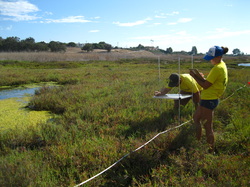 By Jade Dean We have officially started our monitoring project with SMBRF this past week! While the SMBRF team was conducting a CRAM survey at Hellman, Tidal Influence was responsible for collecting detailed vegetation data using three methods: percent cover, line intercept, and laser quadrat. See the image below to better understand our methodology and check back here for more updates as the surveys continue! By Jade Dean
In case you have not noticed, the public events we co-host with our non-profit partners only last two hours. Why is that? Simply put, it is because we can get an astonishing amount of work done with a group of volunteers during that time. Don't believe us? Click "Read More" to see how much we can accomplish with some sweat, determination, and members of the community! By Megan Roy
Los Cerritos Wetlands was historically 2,400 acres; today approximately 500 fragmented acres remain. At least 80% of wetlands in California have been degraded or developed on. The work we do to restore this precious ecosystem sets a precedent for other degraded and urbanized wetlands. Community involvement is vital to the success of the restoration effort. Join us this Saturday, August 3rd to help make a difference in your community. Click for more details. By Megan Roy 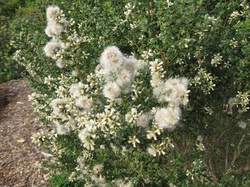 This piece is devoted to my fellow plant enthusiasts. Coyote brush (Baccharis pilularis) is a dominant shrub at the Los Cerritos Wetlands and most other wetland communities.Unlike most plants, Coyote brush has separate male and female plants! The females bloom white fluffy, whitish green, and glistening flowers and males have yellowish flowers that are stubbier, short, flattish, with a creamy white color. The plant in the picture is a female. The sexy part: The male and female flowers must be in contact from wind dispersal after each is pollinated by honey bees or Argentine ants to produce seed (obligate outcrosser). Other Fun Facts
|
Archives
March 2020
Categories
All
Tidal InfluenceHere, we share. |

|
|
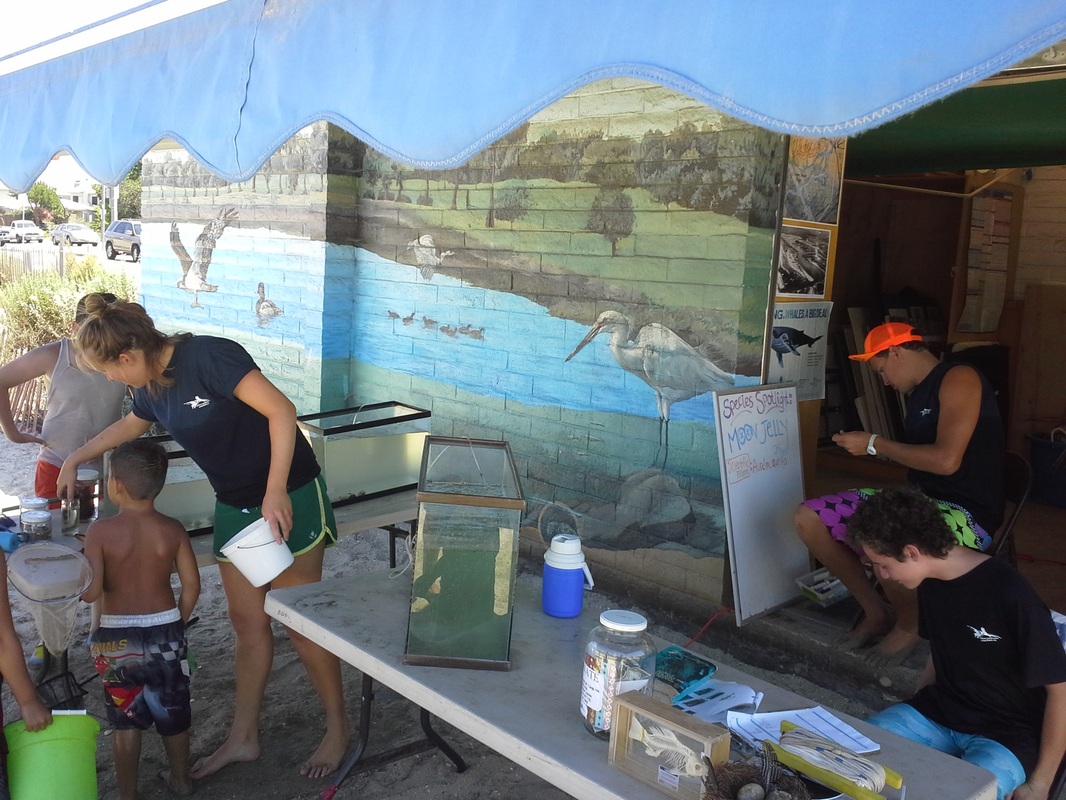
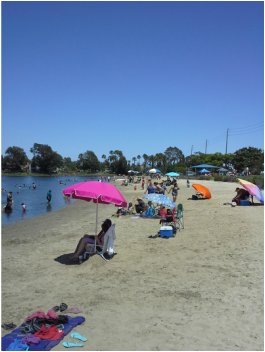
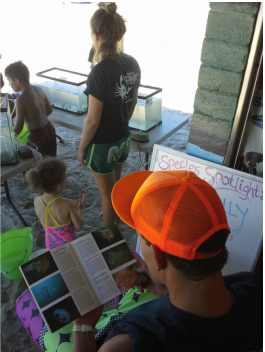
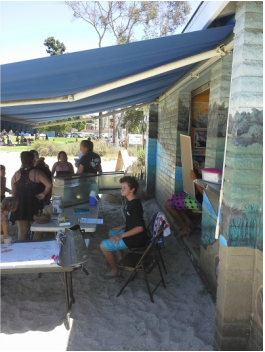
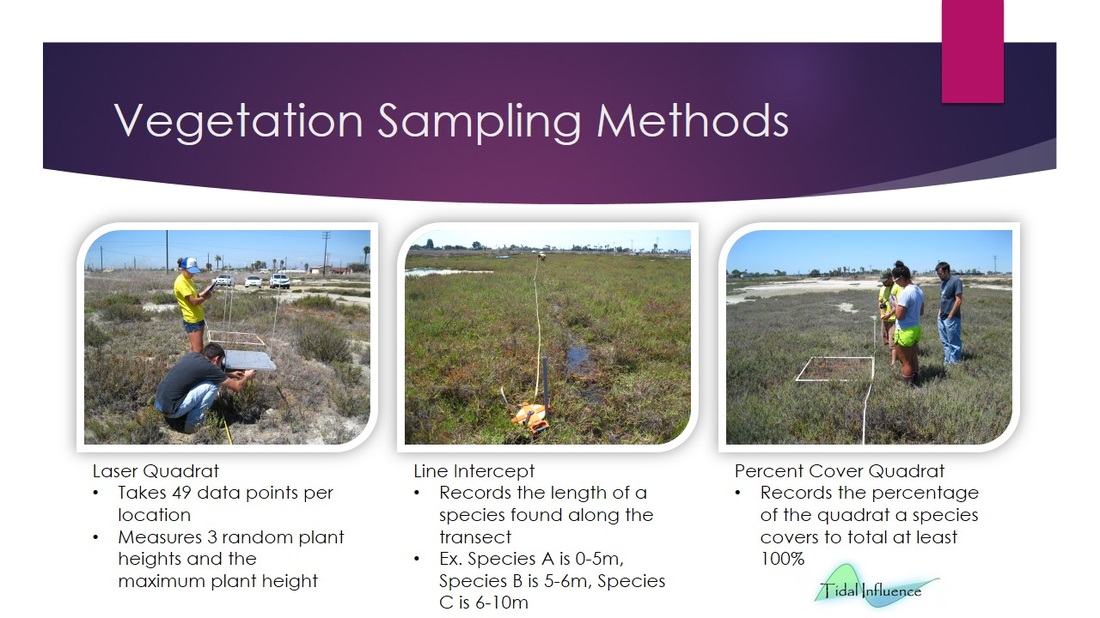
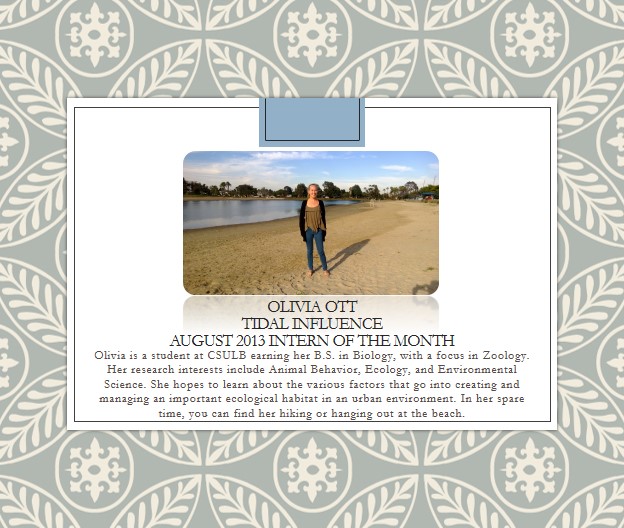

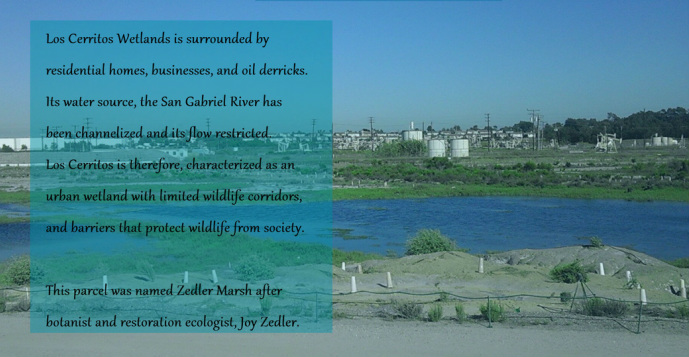
 RSS Feed
RSS Feed